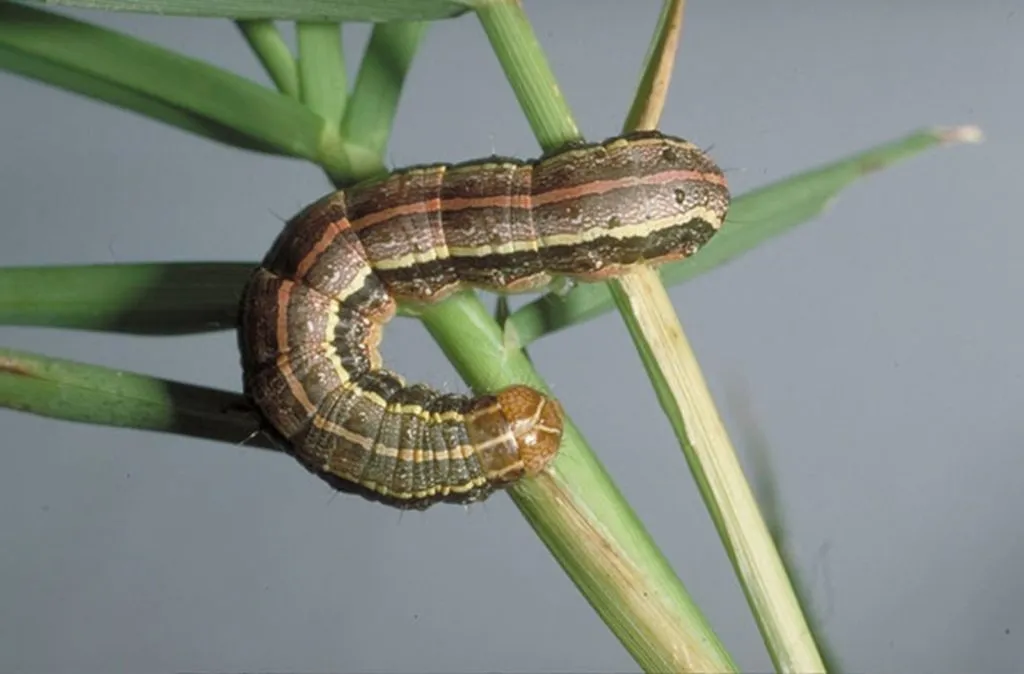In the lush, tropical landscapes of West Sumatra, Indonesia, a silent invader has been making waves in the maize fields. Spodoptera frugiperda, better known as the Fall Armyworm (FAW), has been causing significant damage to maize crops, and a recent study published in the BIO Web of Conferences has shed new light on the dynamics of this invasive pest.
The study, led by Nelly Novri from the Department of Plant Protection at Universitas Andalas, aimed to understand the relationship between FAW infestation areas and rainfall patterns. The findings, based on data from the Meteorology, Climatology, and Geophysics Agency of Indonesia (BMKG) and field surveys, revealed that FAW infestations were widespread across the observation sites, with varying levels of damage. However, the results also showed that there was no significant correlation between rainfall and infestation area.
“This finding was quite surprising,” said Novri. “We initially hypothesized that rainfall would play a crucial role in the outbreak dynamics of FAW. However, our data suggests that other factors might be more influential.”
The study highlights that factors such as host plant availability, cropping patterns, and pest management practices could be more decisive in influencing infestation intensity. This insight is crucial for the agriculture sector, particularly for maize farmers who have been grappling with the economic impacts of FAW infestations.
The commercial implications of this research are substantial. Understanding that rainfall is not a primary driver of FAW outbreaks means that farmers and agricultural stakeholders can focus their efforts on other critical areas. “This research provides a foundation for developing more effective and sustainable control strategies,” Novri explained. “By focusing on factors like crop rotation, pest-resistant varieties, and integrated pest management, we can better mitigate the impact of FAW on maize crops.”
The study also opens up new avenues for future research. As Novri noted, “There is still much to learn about the ecological and agronomic factors that influence FAW outbreaks. Further studies could help us develop more targeted and efficient control measures.”
For the agriculture sector, this research is a stepping stone towards more resilient and sustainable farming practices. By understanding the complex interplay of factors that influence FAW infestations, farmers can better protect their crops and secure their livelihoods. As the fight against this invasive pest continues, studies like this one will be instrumental in shaping the future of maize farming in West Sumatra and beyond.

